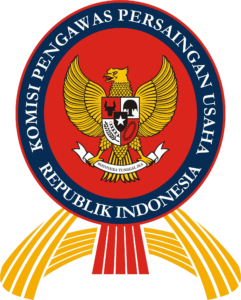
Badan Riset dan Inovasi Nasional
07-11-2022
12-08-2024
f8748774-bb16-4e00-8f54-0ef9f9a3e421
Aquaculture refers to the farming of aquatic organism that have important role i...
The Greater Sunda region of South-east Asia supports a rich diversity of economi...
Illegal harvesting and trade are major forces behind population declines of wild...
Museum specimens are vast repositories of genetic information of interests to bi...
Anthropogenic land-cover change is driving biodiversity loss worldwide. At the e...
INFORMASI: Data berikut ini masih dalam proses pemenuhan Prinsip SDI.
Measuring the impact of the pet trade on Indonesian birds
The trade in wild animals involves one-third of the world’s bird species and thousands of other vertebrate species. Although a few species are imperiled as a result of the wildlife trade, the lack of field studies makes it difficult to gauge how serious a threat it is to biodiversity. We used data on changes in bird abundances across space and time and information from trapper interviews to evaluate the effects of trapping wild birds for the pet trade in Sumatra, Indonesia. To analyze changes in bird abundance over time, we used data gathered over 14 years of repeated bird surveys in a 900-ha forest in southern Sumatra. In northern Sumatra, we surveyed birds along a gradient of trapping accessibility, from the edge of roads to 5 km into the forest interior. We interviewed 49 bird trappers in northern Sumatra to learn which species they targeted and how far they went into the forest to trap. We used prices from Sumatran bird markets as a proxy for demand and, therefore, trapping pressure. Market price was a significant predictor of species declines over time in southern Sumatra (e.g., given a market price increase of approximately $50, the log change in abundance per year decreased by 0.06 on average). This result indicates a link between the market-based pet trade and community-wide species declines. In northern Sumatra, price and change in abundance were not related to remoteness (distance from the nearest road). However, based on our field surveys, high-value species were rare or absent across this region. The median maximum distance trappers went into the forest each day was 5.0 km. This suggests that trapping has depleted bird populations across our remoteness gradient. We found that less than half of Sumatra’s remaining forests are >5 km from a major road. Our results suggest that trapping for the pet trade threatens birds in Sumatra. Given the popularity of pet birds across Southeast Asia,additional studies are urgently needed to determine the extent and magnitude of the threat posed by the pet trade.Keywords: decline, overexploitation, Sumatra, trapping, wild population, wildlife trade Conservation Biology 31(2): 394-405
